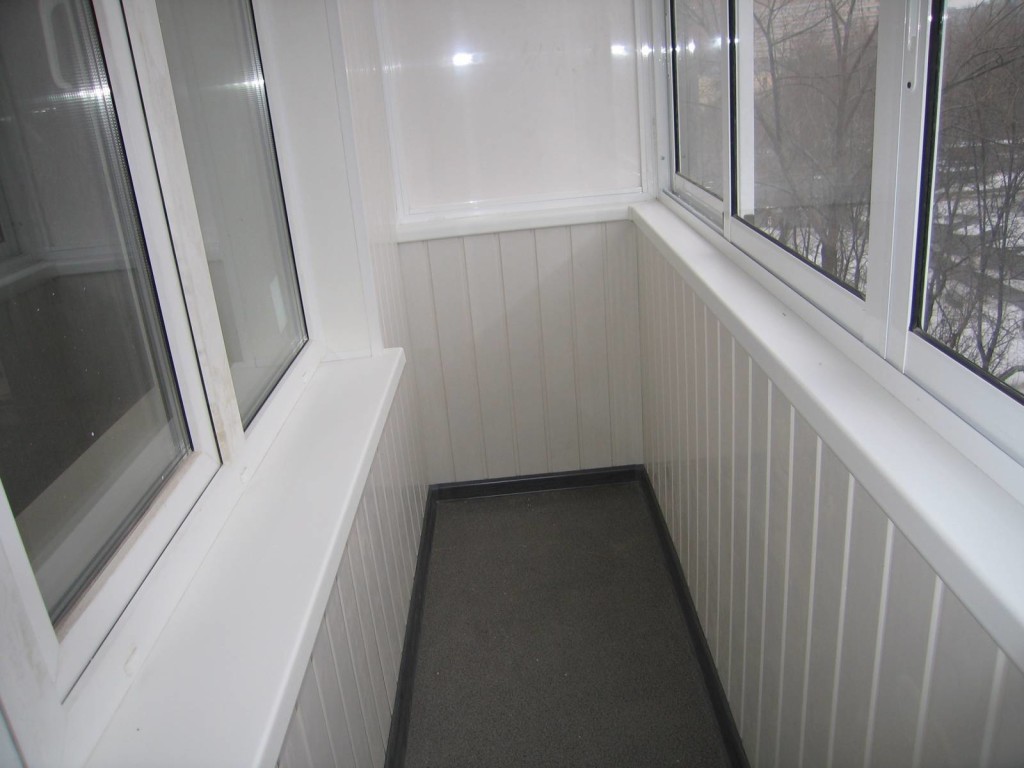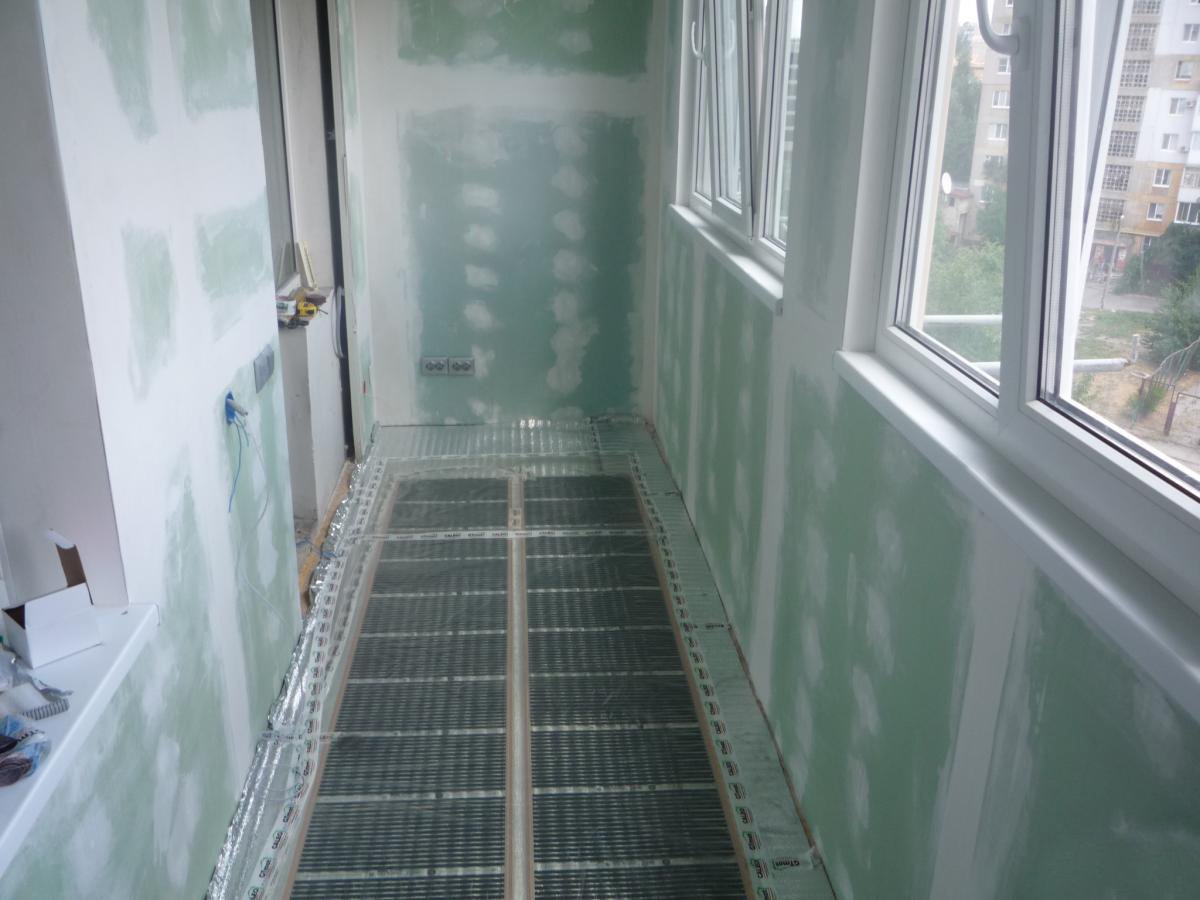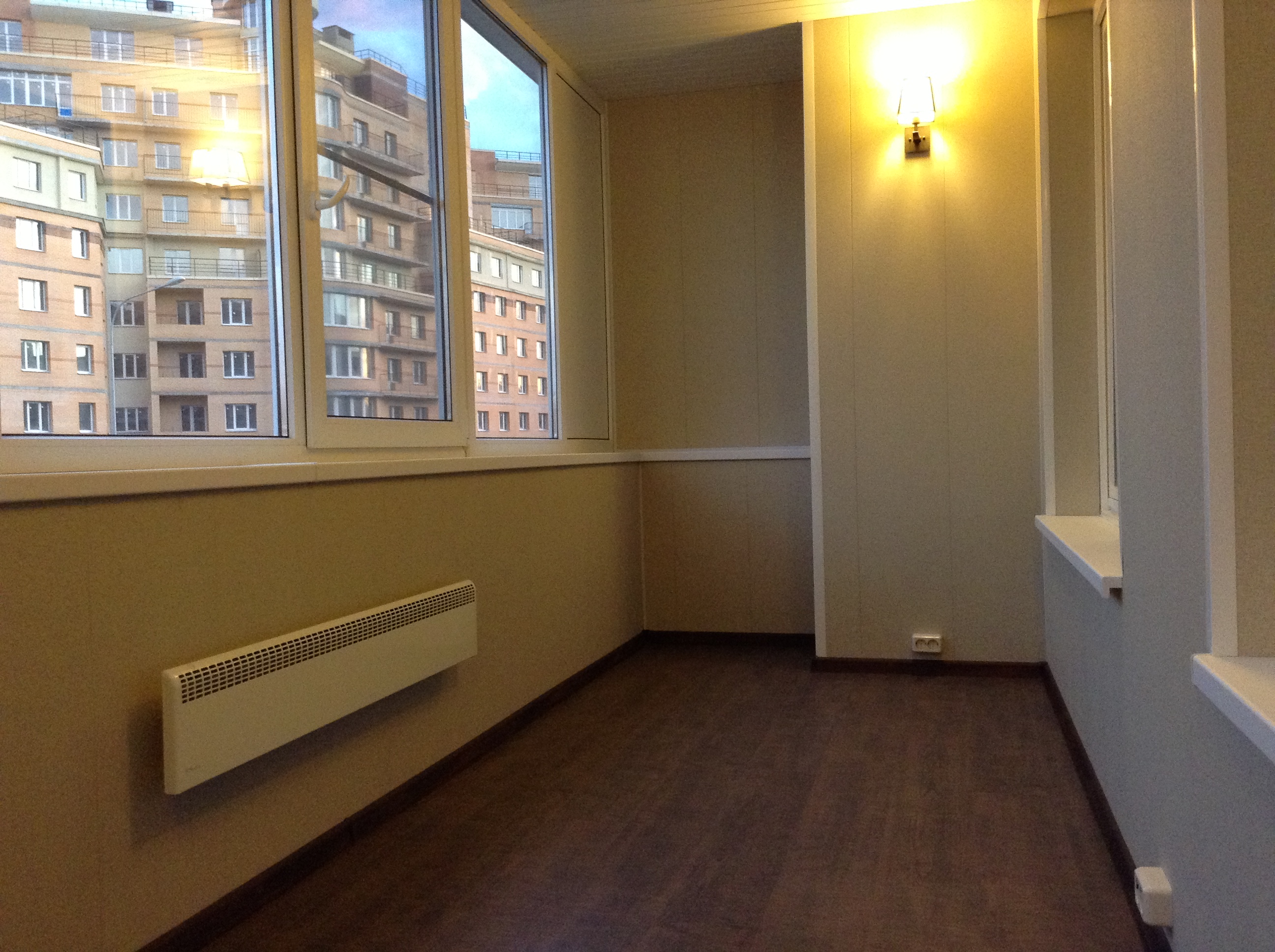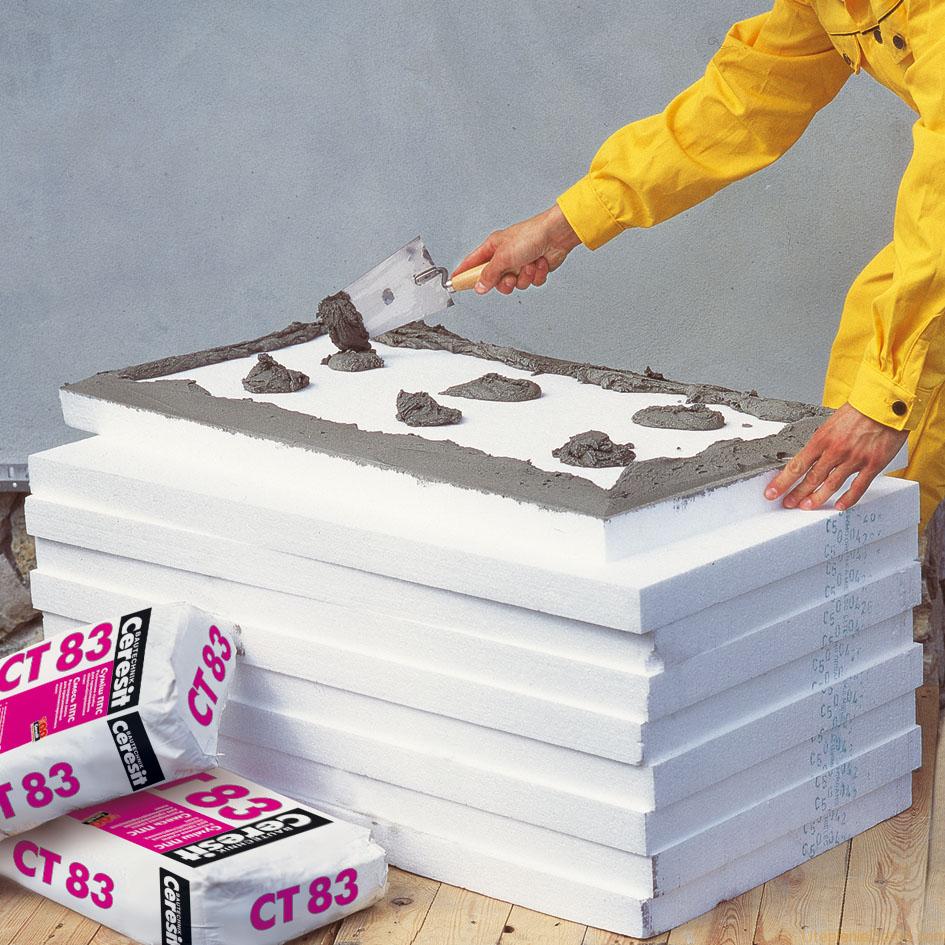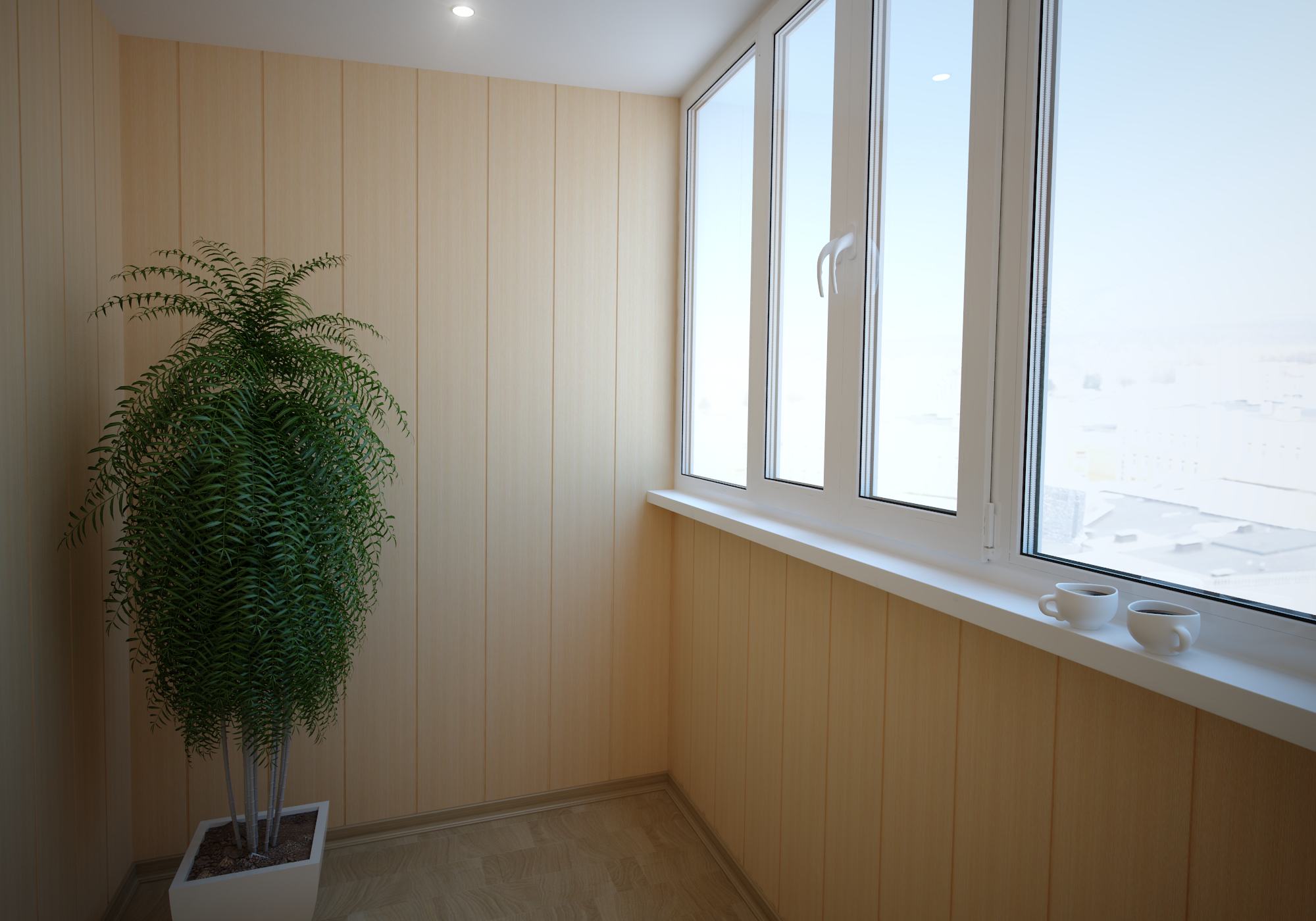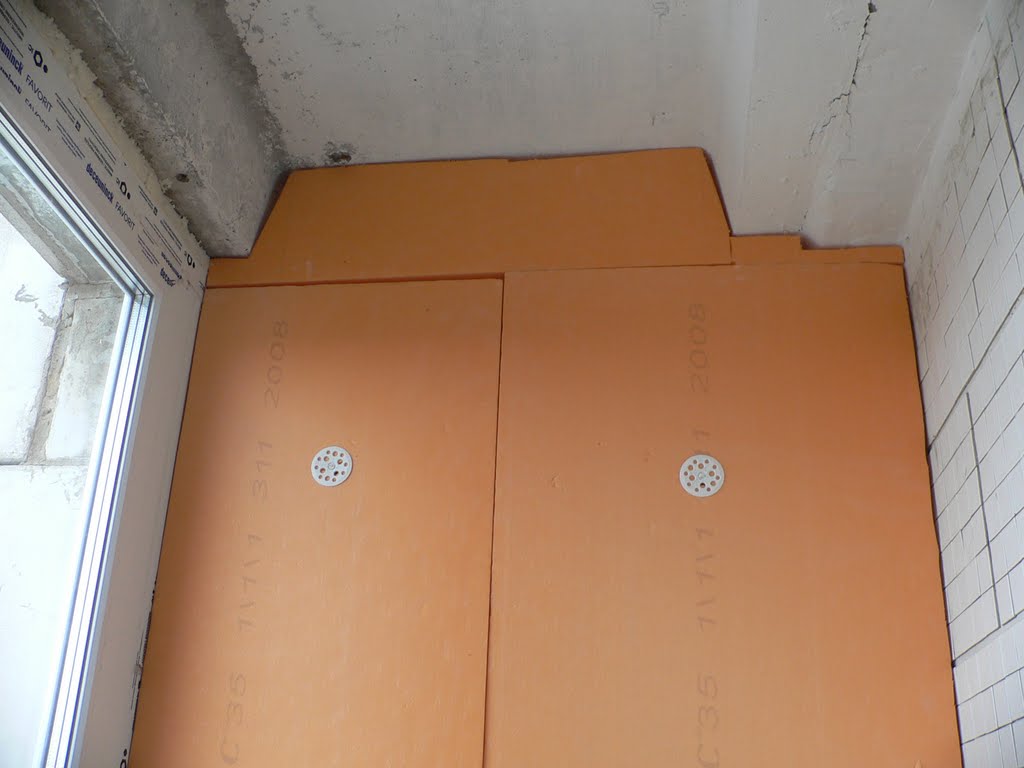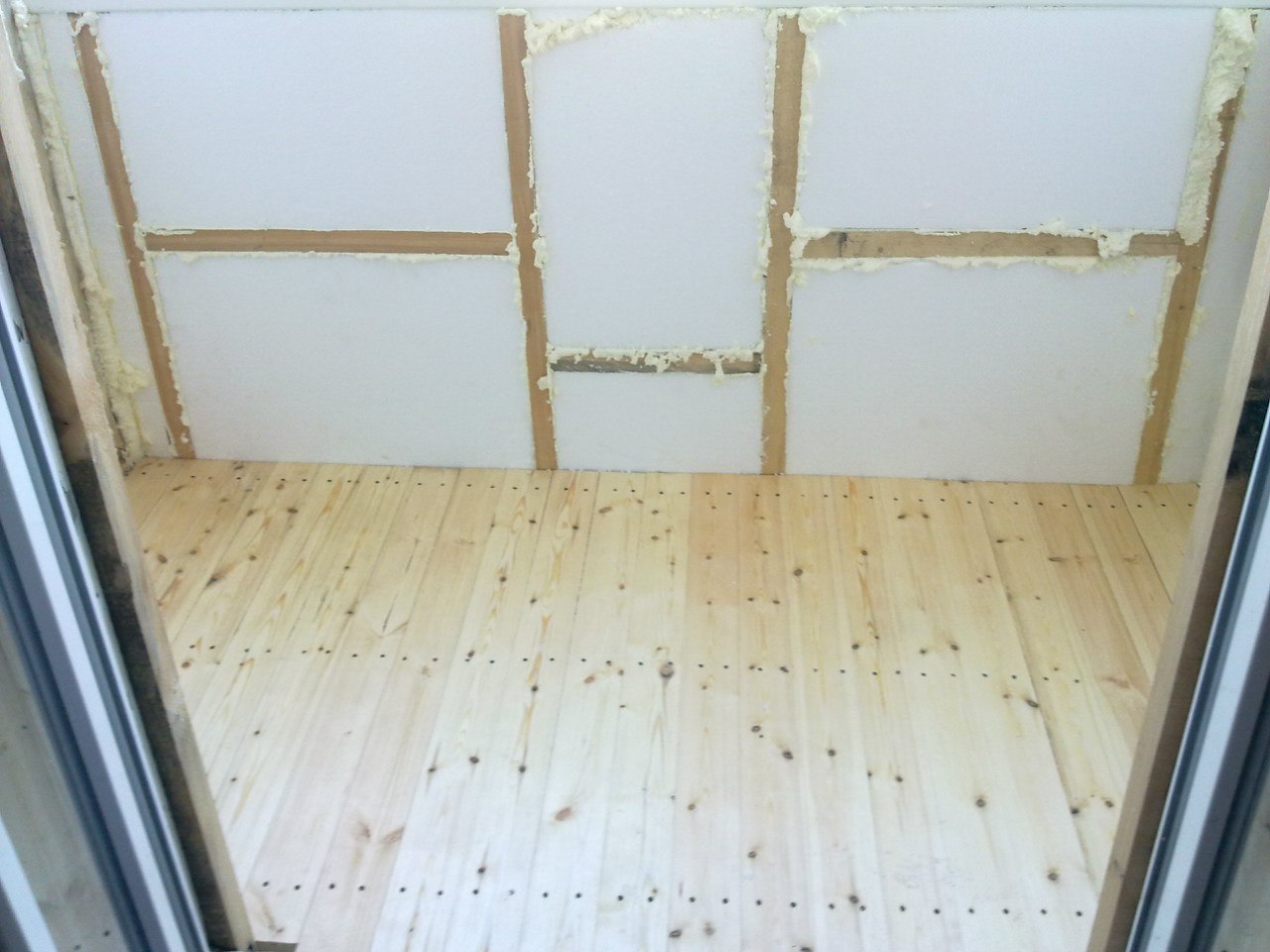Balcony insulation: comfort at any time of the year
Content
The range of insulation materials is very wide. Conventionally, they can be divided into sheet, roll, liquid.
Types of building materials
In modern construction, a variety of materials are used to warm the balcony. The choice is determined by the option of glazing the balcony / loggia, the area of the room, the financial capabilities of the apartment owners and the advantages / disadvantages of materials, fashion (the design of the balcony with a clapboard has lost its former popularity).
Warming of the balcony with foam
Insulation of the balcony with penoplex is easy to install. The main advantages: low vapor permeability and thermal conductivity, compressive strength (well tolerates significant loads), long service life. The disadvantages include high density and, as a result, poor absorption of the adhesive composition, therefore, it is required to securely fasten the sheets and use more dowels.
Warming of balconies with foam
Warming balconies with foam is used almost everywhere. The material is popular because of its low weight (due to its low density), excellent heat and sound insulation properties, a high degree of vapor barrier, and does not emit toxic substances. The material does not support combustion and is fireproof and fireproof due to anti-foam. The presence of plates of different mechanical strength allows you to choose the material for insulation of the balcony. It should be noted a number of drawbacks: it does not allow air to pass through, additional protection is required, small rodents like it, and therefore a durable surface layer of plaster is needed.
Insulation of the balcony with penofol
Warming the balcony with penofol is not time-consuming due to the plasticity of the material and the possibility of mounting on any surface. Advantages of the insulation: light weight and convenient transportation (in rolls), environmental friendliness, excellent thermal insulation with a relatively small thickness, good sound and waterproofing performance, fire safety, affordable price. Of the minuses, one can distinguish: softness (it is impossible to put plaster on top of the insulation or to glue the wallpaper), with thick penetration of the foil layer, the thermal insulation qualities are reduced.
Balcony insulation with expanded polystyrene
Thermal insulation of the balcony with expanded polystyrene is widespread due to the low thermal conductivity combined with low density. Distinctive positive qualities - hydrophobicity, frost resistance, the ability to be stored in the open air (without additional protection). Negative qualities: it is subject to burning, is not used for warming buildings above 25 m, low sound insulation.
Warming of the balcony with mineral wool
Warming the balcony with mineral wool has the following advantages: ease of installation (floor insulation on the balcony), high sound insulation, incombustibility, low thermal conductivity, and resistance to mechanical stress.Significant shortcomings - the need for careful isolation from free air currents, combustibility, protective clothing, personal protective equipment (gloves, respirator) are required.
Balcony insulation with polyurethane foam
Warming the balcony with polyurethane foam has the following advantages: the material is perfectly attached to any surfaces (wood, metal, stone), additional fasteners are not required, unusual lightness, giving the walls extra strength, the material is not affected by temperature extremes. Among the shortcomings can be noted the destruction of the material under the influence of ultraviolet radiation, high cost.
Warming of a balcony expanded clay
Expanded clay balcony insulation is characterized by a simple installation technology. Material advantages: low thermal conductivity, does not attract rodents, resistance to temperature extremes, and harmless to humans. Cons: for high-quality thermal insulation, the material is poured with a thick layer, which is unjustified in low rooms.
It is most rational to buy inexpensive material that is easy to operate and efficient to operate. In order to make the right choice, it is better to consult with professionals.
Technology of insulation of the balcony with foam
Most balconies are very modest in size, so it is not difficult to make warming of balconies and loggias with your own hands using foam sheets. In construction markets, layers of different thicknesses are offered. What is needed for warming? You will need a knife, glue, primer, dowels. For internal work, sheets 40 mm thick are quite suitable.
- All internal surfaces (starting from the ceiling, walls) are treated with a primer.
- Foam sheets are glued to the surface and are additionally fixed with special dowels.
- The entire foam is covered with a 2-3 mm layer of glue.
- Reinforced fiberglass mesh is glued. All subsequent work is carried out after the glue is completely dried.
Final stages: the surface is covered with putty, and after drying with plaster. Alternatively, you can stick the wallpaper.
Stages of work to warm the balcony
To obtain a quality warm room, it is important to follow the insulation procedure. Where to start warming? Initially, it is desirable to glaze the balcony / loggia with plastic structures (choose a two-chamber double-glazed window).
Preparatory work also includes the erection of a brick / block parapet (if there was only an iron fence), as well as the installation of side walls. It is imperative to carry out a similar warming of the balcony in Khrushchev.
The glazed loggia with an aluminum profile is protected from wind, rainfall, but remains cold. It is recommended to start warming the balcony with cold glazing with the arrangement of the floor. In creating a multilayer insulation coating, you can use mineral wool, synthetic insulation.
Warming of the walls of the balcony and parapet is carried out when laying heat-insulating material (polystyrene foam, foam) and vapor barrier (penofol, with the foil side inside the balcony).
Interior design
Insulation of the balcony from the inside is carried out by various materials and methods. The loggia / balcony in the panel house can be ennobled with natural material. The lining of the walls, ceiling, floor is carried out. It is better to use coniferous wood for these purposes.
If you want to give the room a more modern look, the balcony is paneled. Such a finish does not need additional surface decor and is inexpensive. It is easy to look after balcony plastic, besides the variety of shades and textures allows you to create interesting interiors.
Another popular option is covering the walls of the balcony with plasterboard. Dignity - no need to pre-align the walls. The stylish design of the balcony with drywall will give the wallpaper. Moreover, if you choose products with a 3d effect, you can visually change the geometry of space or give the balcony a special mood.
Insulation of the ceiling on the balcony with foam or polystyrene is very popular. It is advisable to carry out thorough finishing and insulation on the top floor, or if the neighbors did not heat the floor from above. In other cases, you can do the finishing work. Internal insulation of the roof of the balcony is carried out using heat-insulating polystyrene foam, mineral wool. It is important to carefully seal the large and small seams with mounting foam.
For a balcony with panoramic glazing, you can insulate the floor - expanded clay is used. Be sure to mount the battens of the floor of the balcony with your own hands. For a standard balcony in a panel house, it is better to lay penofol, polystyrene, and foam on the floor.
Insulation of the balcony outside
Unambiguously glazing and warming the balcony inside cannot guarantee good thermal insulation of the room. Important factors in the issue of heat conservation on the loggia are the location of the house (where the windows go), the direction and power of the winds. The advantages of the external insulated layer are the preservation of the internal space of the room, less formed internal condensate.
As a rule, the warming of the parapet of the balcony is carried out by specialists, and they already know what material is better to use for the facade. The most common methods of insulation: using polystyrene, mineral wool, polystyrene foam.
High-quality insulation work helps to turn a glazed balcony into a full room. The popular combination of balconies / loggias with other rooms of the apartment (kitchen, living room) changes the geometry of the space and allows you to create custom layouts. The combination of a living room and a panoramic balcony can open far and beautiful horizons. A little effort and the balcony will become a zone of rest and relaxation, a children's play corner or a student’s workplace.

